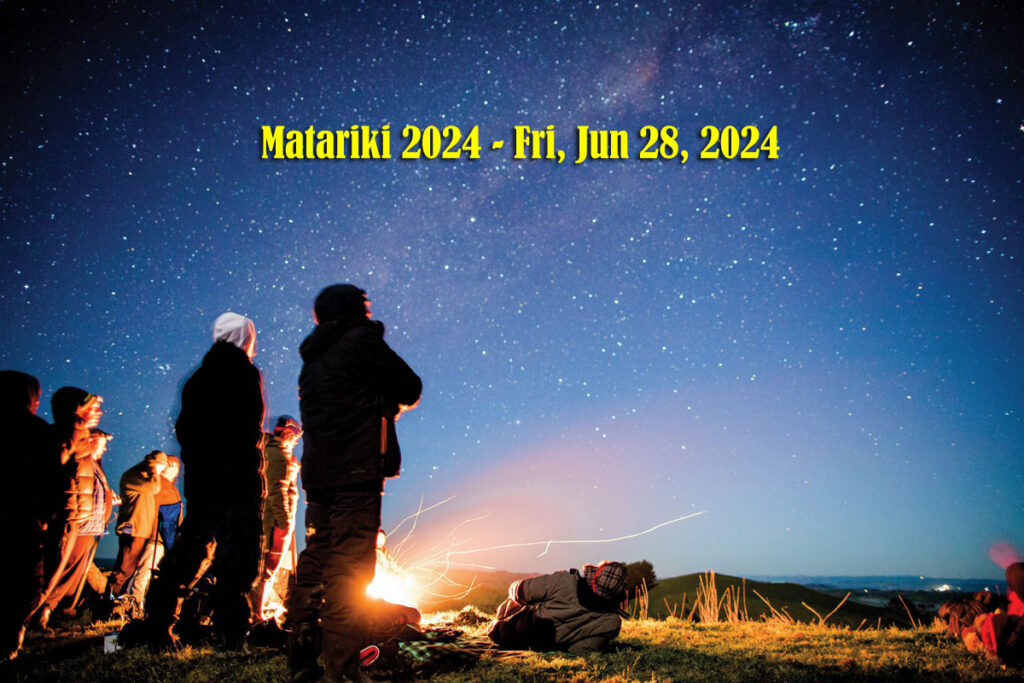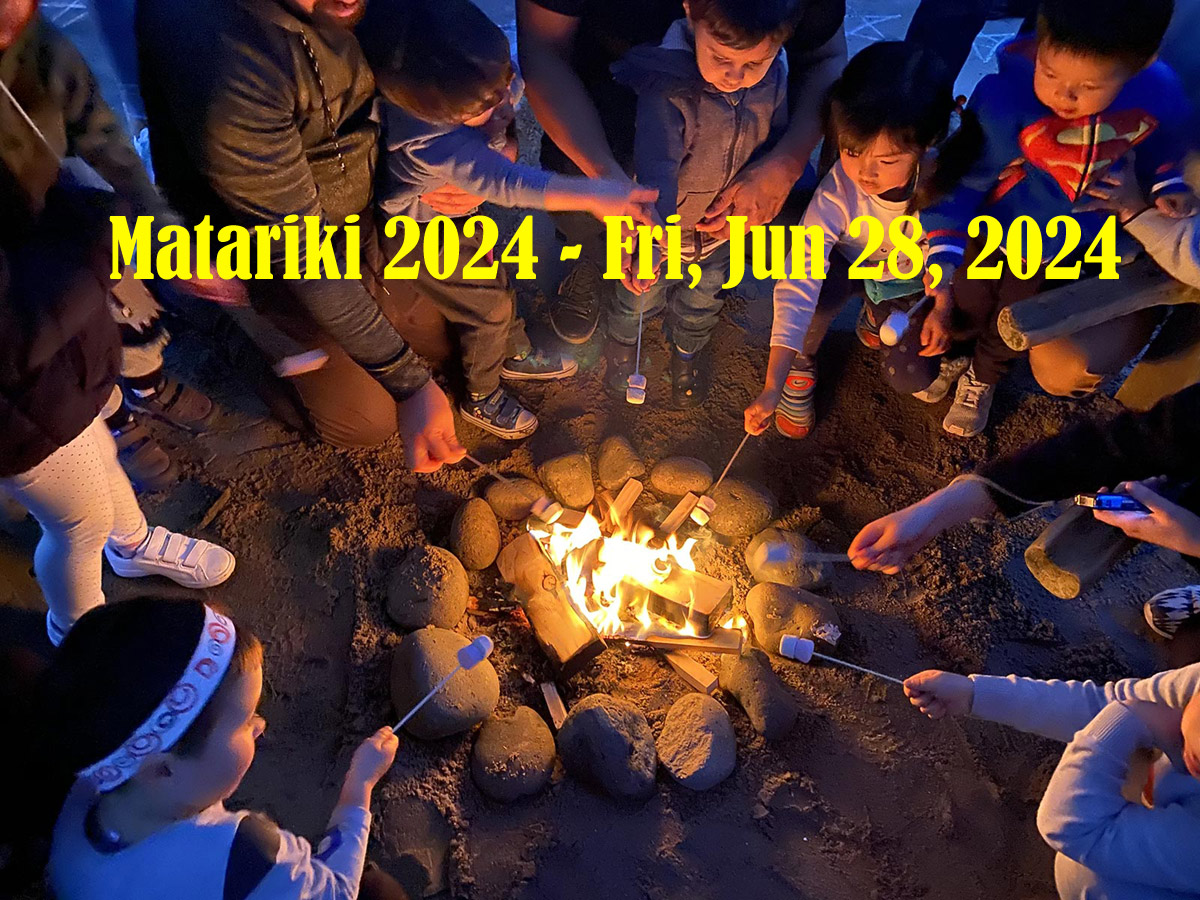Matariki 2025, celebrating the Māori New Year, will be observed on Fri, 20 Jun 2025, marking a time for reflection, renewal, and community gatherings.
Matariki – Fri, 20 Jun 2025, or the Mori New Year, is a time for joy, development, and rejuvenation. It’s an opportunity to gather together, share food, tell tales, sing, and play music while also honouring deceased members of the whanau.
History
History of Matariki
The star cluster known as the Pleiades, also known as Messier 45 (M45) to Western astronomers, is called “Matariki” in Maori.
Significance
The return of the Matariki stars in the early morning sky heralds the start of the new year and is closely associated with the maramataka (the Mori lunar calendar).
Remembrance
Paying tribute to those who have passed away after Matariki’s last uprising.
The constellation known as the Pleiades or the Seven Sisters is recognised by its Mori name, Matariki. At a precise period of the year, it is visible to the unaided eye.
The Mori New Year is marked by the emergence of the Matariki 2025 star cluster in the middle of winter. This is a time to honour the special places we call home, to respect the land we call home, and to share and strengthen our bonds via enduring customs.
History of Matariki 2025
The star cluster known as the Pleiades, also known as Messier 45 (M45) to Western astronomers, is called “Matariki” in Maori. Ng mata o te ariki o Twhirimtea, which translates to “the eyes of the god Twhirimtea,” is also shortened to “Matariki.” The beginning of a new year was signalled by the star cluster rising.
Traditionally, Matariki 2025 was a time to observe the stars to forecast the harvest, pay respect to the deceased, and bring food to the stars to replenish them. It was also a time to teach and enchant children with the folklore of the forest and surrounding area.
In order to see the stars clearly, Matariki viewings were spread out across three to four nights due to the wintery weather. The parties could start as soon as there was a clear view. The prosperity of the planting season was forecast using the brightness of the stars.
The stars were brighter when the season was warmer, which produced a more abundant crop. However, if the stars were twinkling, it was thought that inclement weather was imminent. According to custom, mourners recited laments during a ceremony known as “te taki mteatea,” or “the reciting of laments,” to honour the deceased.
The event included singing, crying, and a list of all the people who had passed away since the Matariki’s last rise. The stars were also given food.
Along with other customary Mori practises, the number of Matariki festivals decreased in the 19th century. Matariki was thankfully brought back in the late 20th century. An annual Matariki event that drew around 500 people was organised in 2000 by Te Rangi Huata, a member of the Ngti Kahungunu tribe.

Significance
The return of the Matariki stars in the early morning sky heralds the start of the new year and is closely associated with the maramataka (the Mori lunar calendar).
The Matariki public holiday is centred on Mtauranga Mori (ancestral knowledge and wisdom), and it will be a time for;
Remembrance
Paying tribute to those who have passed away after Matariki’s last uprising.
Celebrating the present is assembling to express gratitude for what we have.
Considering the future and anticipating the potential of a new year.
Finding the Matariki 2025 stars
This constellation is one of the clearest to the unaided eye since it contains one of the star clusters that is closest to the planet.
Before dawn, scan the northeast horizon for them.
Then look for Tautoru, or Orion’s belt, which is a separate line of stars. Continue to look north of these three stars until you spot a group of small stars that is nearly the same size as Tautoru. The Matariki stars are those.
Matariki Stars Names
The names of the nine stars are: Matariki, Tupuārangi, Waipuna-ā-Rangi, Waitī, Tupuānuku, Ururangi, Waitā, Pōhutukawa and Hiwa-i-te-Rangi.

